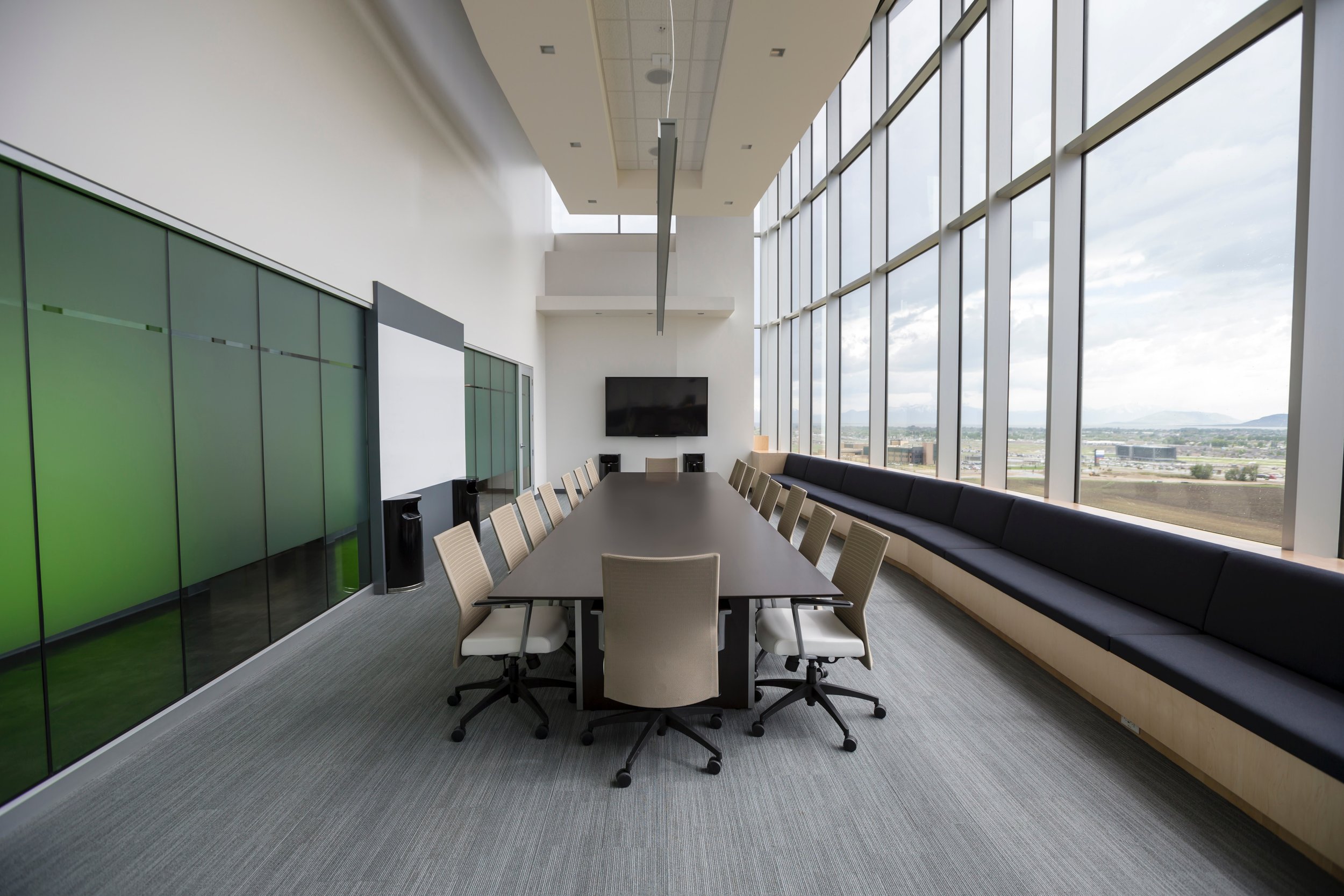Does your nonprofit require a physical space from which to work or provide community services?
Many nonprofits must choose between leasing a suitable space or buying one. While the property market can be tricky to navigate at times, you may be in a position to buy, either with cash or via a nonprofit mortgage loan.
If you decide to purchase property or buildings for your nonprofit, this basic guide is for you. We’re looking at why buying property might be beneficial and some tips you should know about real estate shopping.
Why Would Nonprofits Buy Property?
First, let’s dive into why purchasing property can benefit nonprofits. Here are a few good reasons:
Secure Your Placement
Nonprofits are just as vulnerable to displacement due to hot real estate markets as commercial or residential property renters. If you lease a building, you’re at the whim of landlords and potential developers, especially when your lease expires. This potential instability is a good enough incentive for many nonprofits to purchase a property.
Owning your property gives you control. You get to set up so that you’re best able to serve your community and the mission without the potential of having to redo everything in a new location.
When owners sell their leased properties, organizations are often priced-out of their areas. Owning your property allows you to continue meeting the needs of your local community.Property ownership can help nonprofits secure their position in vulnerable property markets.
Property ownership can help nonprofits secure their position in vulnerable property markets.
Financial Benefits
Owning your own property can bring a few financial benefits. For example, most nonprofits in a leased property face a 3% increase each year. When you own, you can avoid this environment of ever-increasing property costs.
Additionally, most states will allow nonprofits to apply for exemption from property taxes. This exemption can save considerable funds. In states with high property taxes, proprietors will almost always pass those tax costs to leasees.
Once you can pay off any mortgage, your expenses go down, freeing up more funds for your programs. Additionally, land appreciates over time, and while you may plan on buying and holding, the equity can be helpful if you need additional lending.
Improve Visibility
Owning your property increases opportunities to brand your space and be more visible in the community. This extra visibility can help draw more people who need your services and potential donors. You can also attract more volunteers to your organization.
Weigh These Benefits Against Potential Downsides
Of course, you should always weigh the benefits of owning property against the potential downsides:
You’ll be responsible for all needed capital improvements to the property. These can represent high costs, especially as buildings age.
You’ll possibly have a large amount of debt. Any over-leveraged projects can leave your organization vulnerable.
All responsibilities that fall to landlords are now yours.
Real Estate Tips for Nonprofits
Here are some tips nonprofits should consider to be successful when buying property:
Conduct a Thorough Evaluation
Every potential real estate purchase should start with a thorough evaluation of the property your organization considers. The review should begin with the financial side – you’ll need to check whether debt obligations or financial restrictions tied to the property may impair a smooth sale.
Of course, you need to evaluate the physical space too. Will the location support not just your needs right now but your vision for the organization in the longer term? If your goal is to grow and that involves more space, it’s a good idea to consider that early when assessing a potential purchase.
Be Clear About How Owning Property Supports Your Mission
Your nonprofit’s real estate goals must align with your overall mission. You need to examine the functional space of the property with this in mind. For example, a soup kitchen that serves people's meals needs a decent kitchen and serving area to support its mission effectively. Your mission should drive each property decision you make.
Determine the Right Physical Characteristics You Need
The building and its location should tie in with your mission and positively impact the people who will use or interact with it. Does it have accessibility features? Is there plenty of car parking spaces (if needed)? Is it in a location that is handy for reaching the community (if that is part of your mission)?
Consider Other Ways to Make Income From the Property
Owning property can give you extra control over your physical presence but also other opportunities to capitalize on ownership. For example, you can generate additional income by leasing out unused portions of your property or renting spaces out for events. You may even be able to leverage real estate assets to strengthen your investment portfolio.
Communicate with Donors
Purchasing property is a sign of the strength and longevity of an organization to its donors. Nonprofits should communicate with donors to inform them about property purchases and how they will support your ongoing ability to serve your mission. This communication can encourage new donations or current donors to increase their contributions.
Capital Campaigns for Building Needs
Capital campaigns are nonprofit fundraising processes that are often used to acquire or improve a physical asset. Property or buildings fall under this category. They tend to be very time-intensive projects, requiring a strong focus on planning and execution.
Capital campaigns happen infrequently, mapped out within a strategic plan. They should occur based on need and planned strategy, as you mustn’t distract too much from any annual fundraising campaigns. If you ask donors to support one campaign after another, their engagement can wear off fairly quickly.
Another preferable characteristic of capital campaigns is that you only use them when you need to raise a substantial amount of money. These campaigns are very intensive in terms of time and labor involved, so you shouldn’t use them when you could do some extra planning and use annual operating funds.
Most nonprofits look to raise at least 50%-70% of capital campaign funds from a handful of large donors. These campaigns tend to be highly visible, which in a sense, makes them more high-stakes. It’s essential to protect the image of your organization, and announcing plans to purchase property, only to fail in doing so, can be damaging.
Conclusion
Purchasing property or buildings can provide several positive benefits for nonprofits. From acquiring stability in your location to having a potential new source of income, property ownership can help nonprofits cement their place in a community and move their missions forward.
As with anything you do, you should first look at property purchases through the lens of your overall mission. Be very clear about how any purchases will help you to deliver on your mission, including any goals you have for the future.
Your physical space and how it meets the needs of your organization is typically a part of the vision for a nonprofit. Consider adding any goals for property and building purchases to your strategic plan so progress on them can be properly tracked.



